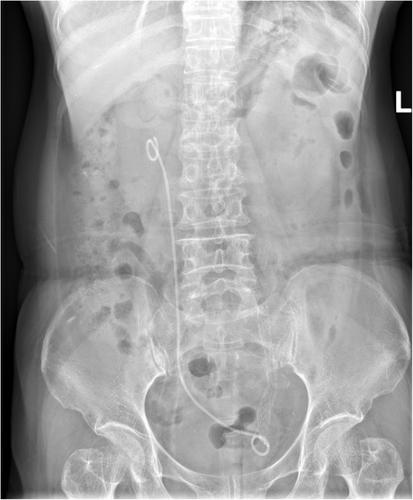The allium stent for the complex ureteral stricture-deeper experience of a series case review
Abstract
Background
Allium stents are widely used in patients with ureteral stricture, with ongoing research continuously evaluating their clinical safety and efficacy.
Objective
This study aimed to describe our technique and report the outcomes of Allium stent in the treatment of refractory ureteral strictures.
Design, setting and participants
We retrospectively collected perioperative data on all patients treated with Allium stents in our department between January 2017 and April 2024 and assessed their clinical outcomes.
Surgical procedure
Following ureteroscopy, a guidewire was advanced under fluoroscopic guidance into the renal pelvis. The retrograde ureterography was performed to determine the location and length of the ureteral stricture. Dilation was performed using a ureteral balloon dilator, a flexible ureteroscope sheath, or a rigid ureteroscope. Subsequently, the Allium stent was deployed into the stricture segment and confirmed via fluoroscopic imaging.
Results
A total of 23 patients (25 ureters) were included, with a mean age of 57.7 years (32–76 years). The mean length of ureteral strictures was 4.5 cm (range: 1–18 cm). All stents were successfully positioned. As of December 2024, the stent patency rate was 68%, with a median follow-up of 39.5 months (13–67 months). In eight patency failure cases, the mean indwelling time was 14 months, with the shortest recorded duration being 2 months. Causes of failure included four (50%) stent migration, one (12.5%) encrustation, two (25%) persistent stenosis and severe infection (12.5%). Management strategies for these cases included two (25%) stent removal, two (25%) robot-assisted pyeloureteroplasty, one (12.5%) ureterolithotripsy, one (12.5%) exchange with a new Allium stent, one (12.5%) add new Allium stent, and one (12.5%) replacement with a different type of metal stent. Notably, one case of a ruptured ureter was successfully bridged with an Allium stent, and another case of a uretero-vaginal fistula was effectively treated with Allium stent, both without complications.
Conclusions
Allium stents appear to be a feasible and effective treatment for various ureteral strictures, including cases of ureteral perforation and rupture. However, long-term complications such as stent migration and occlusion remain challenges that should not be overlooked.




 求助内容:
求助内容: 应助结果提醒方式:
应助结果提醒方式:


